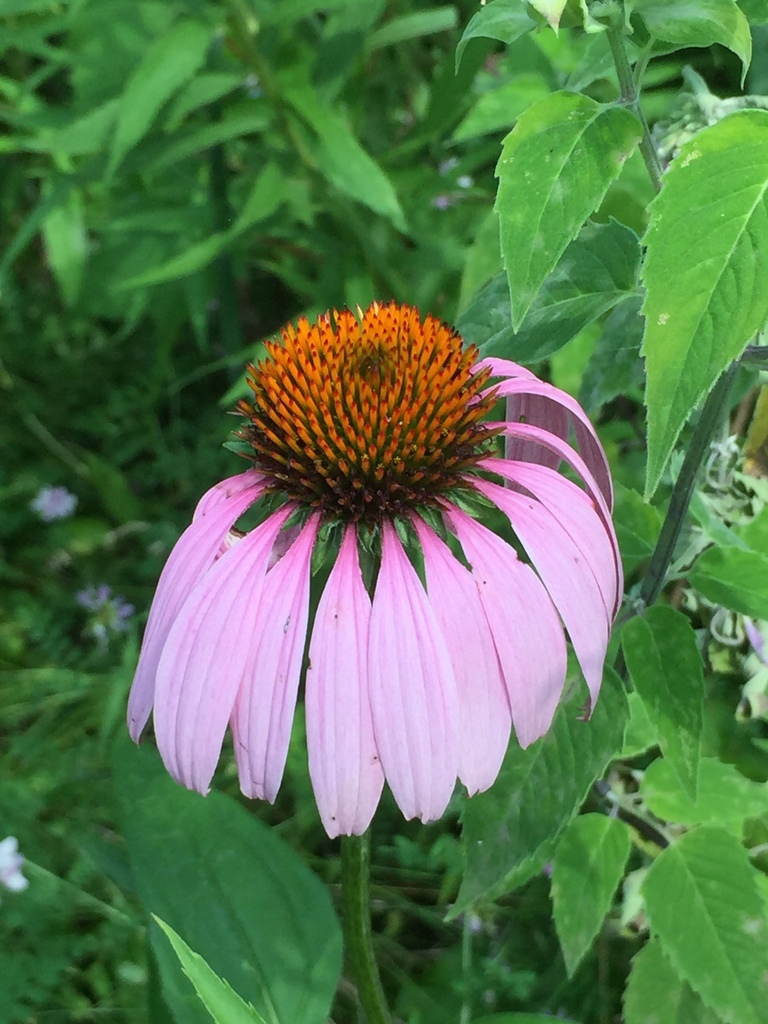Our spring newsmagazine featured Cliff’s top ten hidden gems of birding. Here is the final post in a blog series on these birds, by guest blogger Ed Pope.
Despite its name, the worm-eating warbler prefer insects, spiders, other arthropods and especially caterpillars over earthworms. It is a small songbird, approximately the size of a goldfinch. The upper plumage is brown, while the underside is lighter. It has black stripes on its head, including two that appear to go through its eyes.
Worm-eating warblers breed in the United States. They can be found in most states east of the Mississippi River. Their preferred habitat is a deciduous forest with thick understory. Many of their locations are on steep slopes. Despite their preference for forested areas, they build their nests among dead leaves on the ground. When winter comes, they migrate to Mexico, Central America and the Caribbean. Although they primarily forage for food in green foliage during the summer, they tend to search through dead foliage during the winter.
Worm-eating warblers typically lay four to six eggs when they breed. The female relies on camouflage and staying completely motionless to avoid predators. Unless touched, she will not move. If she does move, she flutters about on the ground to appear injured and divert attention away from her nest.
As forest interior birds, “wormies” face threats from cowbirds where their habitats are fragmented. Despite this, the overall breeding population is over 780,000 and has been stable for the past fifty years. In some areas their numbers have fallen, but they’ve increased in others. For example, worm-eating warblers have begun to populate pine plantations. In a North Carolina survey, they were heard in over 90% of plantations ten years or older. They begin to occupy pine plantations when the canopy closes.
However, they tend to decline where insecticides are used to control Lymantria dispar (often known as gypsy moth), and the destruction of forest habitats represents a localized threat to their conservation. In Indiana, the DNR has designated worm-eating warblers a species of special concern.
Worm-eating warblers nest at the Laura Hare Preserve at Blossom Hollow. Here’s a video showing that features close-ups as well as the song of this sprightly little bird.

Ed Pope
Guest Blogger